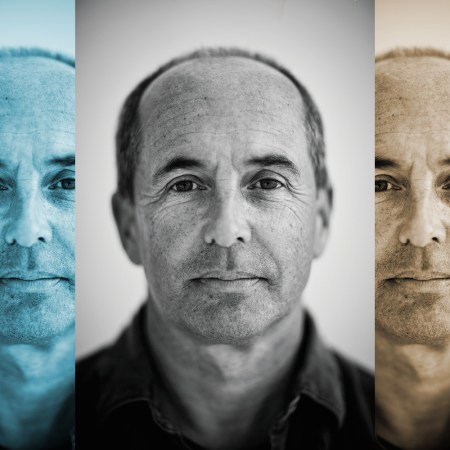In the current true crime boom we’re living through, it’s not uncommon to see a podcast or documentary spark renewed attention in a cold case. That’s one of the things that great journalism can do — prompt a second look at an earlier investigation where justice might not have been done. Works like the first season of Serial and Michelle McNamara’s book I’ll Be Gone in the Dark both come to mind as examples of this.
Far less common, though, are novels that lead to renewed interest in cold cases. The rationale for that isn’t too hard to find — a work of investigative journalism is, after all, rooted in facts; a novel, even if it’s inspired by real-life events, is not. But for one writer, that’s precisely what happened.
In a new essay at CrimeReads, Stephanie Kane describes the process of publishing her first novel, Quiet Time — a book inspired by the 1973 murder of Kane’s fiancé’s mother, Betty Frye. Frye’s husband Duane Frye was indicted for murder that same year, but the charges against him were dropped.
Years later, Duane Frye’s sister saw Kane interviewed about the novel and came forward to report that Duane had confessed to the crime. A legal battle ensued, which lasted for 8 years, and involved Kane’s fictionalized version of the case being heatedly debated in court.
Once it was over, Kane realized that she had a very different perspective on the case, and followed that impulse — writing a true crime book, Cold Case Story, about the case that had earlier inspired her novel. “I’d like to say Cold Case Story is an atonement — my chance to do right by the people I fictionalized — or an act of defiance,” Kane writes. “It is neither.”
Kane’s article is a fascinating look inside her process for a particularly distinctive pair of books — and an intriguing exploration of where the borders of true crime can be found.
Subscribe here for our free daily newsletter.
Thanks for reading InsideHook. Sign up for our daily newsletter and be in the know.


















